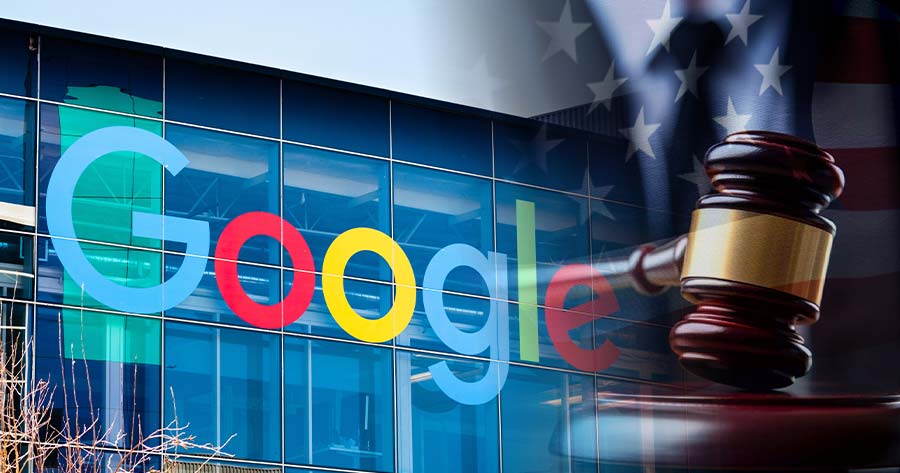
The Age of Gaming
A brief historical analysis about the rise of the video gaming industry, and its possibility as the next staple for global investor portfolios.
Video games aren’t just here to participate, they’ve come to take over! They’ve took over entertainment in the US since the 80s, and with continuous global growth, the gaming sector is becoming the new deal for investors.
When the Ipad and Iphone came out, remember the squawks and tumbling sounds of Angry Bird? Let’s go further back, past the 400 million copy of Snake pre-installed in Nokia phones, further than PlayStation 1, DOOM, GameBoy, Pong, all the way to the original seed of the first video game dedicated electronic consumer product; Spacewar!
The video game is contemporary with Andy Warhol. Spacewar!, and Andy’s 32 Campbell’s Soup Cans were conceived to the public in the same year, 1962. It was the time of space pioneering, Yuri Gagarin boarded Vostok 1 in 1961, and became the first cosmonaut. Pop Art has made its way into every nook and cranny of the media industry. Even religion has adopted pop songs in spreading the good word. But like space exploration is still limited to governments and a few private companies, video games are still just games. But that’s changing, fast.
You see it everywhere, across multiple demographic groups, and all the time, people are gaming. Be it on the computer, mobile devices, or game consoles, the young, the not so young, boys, girls, trans, queers, nerds, mma fighters, investment bankers, those that make too much, and people on minimum wage, given that if it’s accessible, “everybody” play video games.
But why is this platform still just a game, and not a new medium for communication that can boost the way we learn, and interact? Whatever the case, the video gaming sector’s lucrativeness is making investors more game to grab the joy stick.
Since the 80s, video games had took the corner on both Hollywood and Pop music in terms of garnering income, “In 1982, the arcade video game industry reached its peak, generating $8 billion in quarters, surpassing the annual gross revenue of both pop music ($4 billion) and Hollywood films ($3 billion) combined at that time.”, cites Wikipedia from “Silicon Valley fever: growth of high-technology culture, by Everett M. Rogers & Judith K. Larson”.
The 90s was when the rivalries truly began. Those rivalries soon turn into wars that now we know as the Console Wars! Nintendo Entertainment System enjoyed its time being the undisputed video game console that saved the Video Game Crash when it was unleashed, but the title of undisputed console didn’t last for long. When Sony’s PlayStation 1 came a knocking in 1994, it was it for the one console that ruled all, the Console Wars was in total war mode. Casualties were unavoidable.
Sega who was already in the fray battling Nintendo since the mid 80s, then having to stand its grounds against Sony’s monster, launched its most innovative offensive with Dreamcast, an internet-enabled console that was ahead of the times, perhaps too ahead. Nowadays, Sega silently gets by as a third-party software developer.
During the vicious Console War of the 90s, the video game industry generated worldwide sales of $19.8 billion in 1993, $20.8 billion in 1994, and an estimated $30 billion in 1998. That’s an increment of over 50% in a relatively short time period for a global industrial scale, and makes the growth quite astronomical. By the year 2000, Sony PlayStation 2 became the world’s best selling game console worldwide with roughly 150 million units sold.
Now, the real game changer for the video game industry began with the console’s dubious relationship with the internet. Personal Computer based gaming really kicked off with the availability of better and cheaper PCs with awe inspiring graphics and sounds. Faster internet connections worldwide enabled multiplayer platforms for PC players. PC based games were challenging the console, but not every gamer was up for leaving the convenience bubble of the game console. This made the Dreamcast internet-enabled idea seem like the next necessary evolution for consoles.
The constant need to evolve within the video game industry is most likely the force that makes video games so great .But once the video game – internet marriage had the mobile phone game baby, the trinity was completed.
The global video game sector grew from $70.6 billion in 2012 to $121.7 billion in 2017. And also according to newzoo.com, the video gaming sector’s global market worth is estimated to be $137.9 billion, and will soar to 180.1 billion in 2021 with mobile phone games accounting for over $100 billion.
Parents are paying gamers up to $20 an hour to tutor their children on how to be awesome at playing Fortnite, a multiplayer battle royale shooter game that has exploded in popularity among gamers worldwide. People are meeting through online games and starting friendships and romantic relationships. However, as the wise say; “for every action there’s an opposite reaction”.
According to an 2014 article from slate.com, many divorces have cited online games, but that’s in relationships where just one of the partners play video games. Partners who both play, actually states that their gaming helps their relationships.
The World Health Organization is recognizing game addiction as a mental health disorder. So, if we flip this and think, sugar, caffeine, nicotine, we got ourselves a real winner in terms of repeat purchase for video games.


